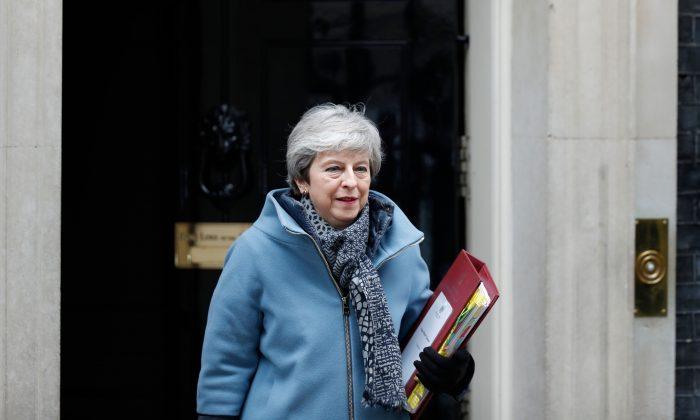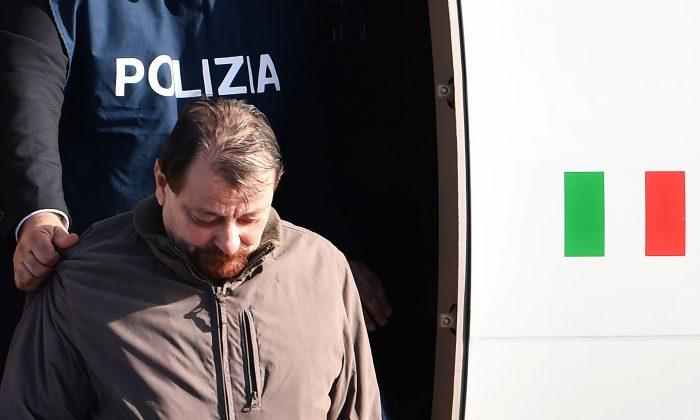To be fair to director Zack Snyder, this is probably as close as we’re going to get to a faithful adaptation of Alan Moore’s graphic novel.
In terms of the surface narrative, everything’s in there: the Watchmen are group of costumed heroes in a world where Richard Nixon never lost the vote. It’s 1985 and the threat from communist Russia is bringing the inevitability of nuclear holocaust ever closer. But the USA has one ace up its sleeve—Dr. Manhattan, a blue-skinned god-like man who can transform matter and see into the future.
But someone is killing costumed heroes, picking them off one by one. It’s up to near-psychotic Rorschach, ageing, bloated Night Owl II and, um, skintight latex-clad Silk Spectre II to track down the killer, confronting their inner demons as the future and the past collide.
What was most interesting about Moore and artist Dave Gibbon’s original work was the richness of its subtexts—often expressed through a brilliant juxtaposition between text and image.
“Watchmen” was, among other things, an exploration of the dark, nihilistic feelings that might motivate “real” superheroes, the corrupting nature of power, and the paradoxical loss of hope that might be engendered by a living god.
It was also a parody of the classic superhero comic that was either Moore’s fond farewell to the genre, or the beginning of a brave new world of realism and introspection.
Sadly most of these themes have been lost in the translation to film. What we do have is extended slow motion fight sequences, unnecessarily graphic violence, and a thankfully rigid adherence to the original “Watchmen” original plot.
Snyder has been called a “visionary director”, and Watchmen has visual impact running through its veins. This is some of the most flawless, breathtaking cinematography you’ll ever see.
But as is so often the case with “visionary directors,” they forget about the actors. A truly great director not only casts his film well, he guides his actors to perform well. Snyder has done neither of these. All the central actors, barring Jackie Earle Haley as Rorschach, are miscast. None of them deliver their lines in a truly believable way, and this is a serious problem for what can be a slow, dialogue-heavy film.
But there is plenty to make up for it. An opening montage depicting world events and the history of superheroes set to Bob Dylan’s “The Times They Are A-Changin’’ is fantastic, and Rorschach’s bitter, scathing retorts offer some crucial light relief. The changed ending—although it won’t please the fans—is actually better than the graphic novel, and the complex flashback sequences are handled with a tight reign by Snyder.
So, is this close to Alan Moore’s original vision? Yes, on the surface. Is it any good? Yes—but only if you ignore its lack of real depth.
[etRating value=“ 3.5”]





